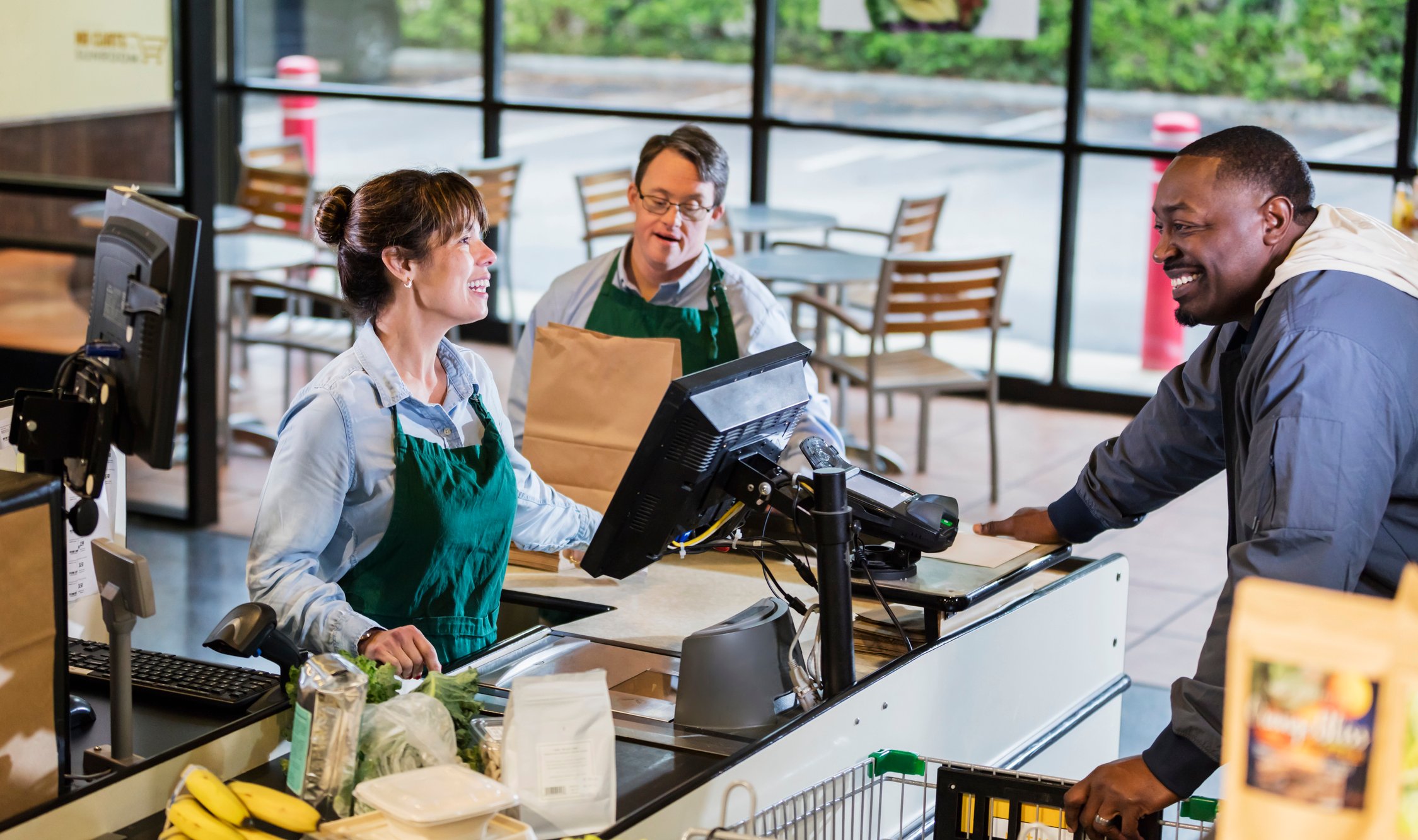What happened
Shares of Hain Celestial Group (HAIN +2.52%), a producer of all-natural and organic packaged foods, are down 11.3% as of 12:50 p.m. EST today. And while a double-digit beat-down is bad enough, that's actually a bit of an improvement: Shares were down more than 15% multiple times in morning trading.
Today's big drop is a reaction to the company's fiscal 2019 second-quarter earnings report, which was released before market hours this morning. In short, Hain reported another quarter of declining sales, earnings, and smaller profit margin.
So what
Revenue from continuing operations fell 5% to $584.2 million. Even when adjusting for foreign exchange -- more than half of Hain's sales are outside the U.S. -- sales were down 4%. And it wasn't just one segment weighing on the company; according to the earnings release, sales fell in all three of its reported segments.

Image source: Getty Images.
Furthermore, its profitability continues to contract. Gross margin was down 210 basis points to 19.6%, and not because of one-time events or expenses related to ongoing strategic changes. Hain provides adjusted gross margin that excludes those items, and while its 20.3% adjusted gross margin was better, this number was actually down even more -- 240 basis points -- than GAAP gross margin.
It gets worse. The steady erosion of the operating results over the past year caused the company to report both a net loss and an operating loss. Last year Hain made $43.1 million and generated $31 million in operating income in its second quarter. This time around, it reported a $29.3 million net loss, and $15.4 million operating loss.
Any way you slice it, Hain's quarter wasn't pretty. And the fact that it continues to generate operating losses, now burning through cash instead of generating free cash flow, is concerning.
However, there are some potential positives on the horizon. The company's long-planned sale of its poultry business, Hain Pure Protein, is nearing a conclusion in "the coming months"; this will both result in a cash infusion from the proceeds, and help stem the company's operating losses. Hain Pure Protein -- which is reported under "discontinued operations" -- generated a $59.6 million operating loss in the quarter.
Check out the latest Hainearnings call transcript.
Now what
While the cash influx and removal of the operating expense of that business should help Hain focus on its remaining core packaged-foods business, its other segments are in for continued struggles. The company cut fiscal 2019 guidance sharply in the Q2 earnings release; it now expects full-year sales to fall 4% to 6%, or double the prior guidance, and adjusted EBITDA to fall 22% to 28% from last year, versus its original guidance of a 7% to 17% decline.
The impacts of these numbers become really compounded on the bottom line. Only three months ago, management was expecting adjusted earnings per share to actually go up this year -- as much as 19%. However, the new guidance slashed adjusted EPS estimates in half, and the company now says profit will fall 40% to 48% in fiscal 2019.
At the high end of that guidance -- $0.70 per share -- Hain shares trade for 23 times 2019 adjusted earnings. That's quite a premium price to pay for a business that's struggling with falling sales and shrinking profit margins. Yes, the new CEO has less than a year under his belt, and he should get the benefit of the doubt -- and enough time -- for his strategy to play out. And I think that he's acknowledging that there will be more pain before there's any gain, simply based on the guidance reduction.
However, I don't think that this is necessarily a good time to buy (or sell). There hasn't been any clear improvement in the business, and while we could be near a bottom with the share price, investors would probably do better over the long term to wait for signs of an improving business before risking any more capital. Yes, there's some upside once the poultry business is sold off -- Hain could become a buyout target -- but even that's uncertain at best.
I think for most investors, now is a good time to sit on their hands.





